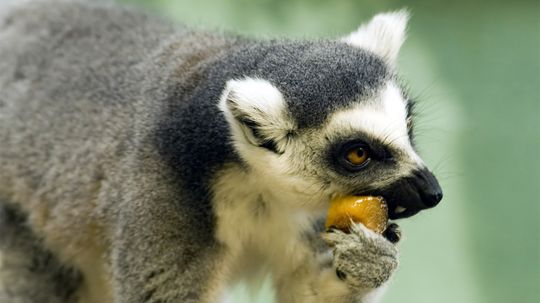In the intricate dance of coevolution, plants have developed remarkable adaptations to ensure their survival and propagation. One such strategy involves the evolution of scents and colors that entice animals into becoming unwitting partners in seed dispersal. This fascinating phenomenon showcases nature’s ingenuity at its finest.
Exploiting Sensory Perceptions: The Power of Aromas
Plants have honed their olfactory prowess over millions of years, producing an array of captivating scents that allure unsuspecting creatures from afar. These fragrances serve as alluring invitations, beckoning potential pollinators or seed dispersers towards them with a siren-like charm.
Through this clever manipulation, plants forge mutually beneficial relationships with animals who inadvertently aid in their reproductive success. As these animal visitors traverse from one flower to another, they unknowingly transfer pollen grains between plant species, facilitating cross-pollination and genetic diversity.
This evolutionary arms race has resulted in an astonishing variety of aromatic compounds produced by different plant species. From delicate floral notes wafting through meadows to pungent odors emanating from rotting fruits, each scent is meticulously crafted to captivate specific target audiences – be it bees, butterflies or even bats.
A Kaleidoscope of Colors: Visual Charms That Seduce
Beyond enchanting aromas lies another weapon in the botanical arsenal – vibrant hues that mesmerize both human observers and unsuspecting fauna alike. Plants employ a dazzling palette ranging from vivid reds and oranges to subtle pastels or striking blues as visual signals designed to attract potential collaborators for seed dispersal.
The evolutionarily advantageous use of color pigments enables plants to stand out amidst their surroundings, ensuring that they catch the attention of passing animals. These unwitting partners are lured towards the plant’s enticing colors, often mistaking them for a source of nourishment or shelter.
Once an animal has been enticed by these visual charms, it inadvertently becomes instrumental in seed dispersal. Seeds hitchhike on fur, feathers, or even sticky foot pads as animals move from one location to another. This unintentional act transforms animals into vital agents of dispersal and colonization for plants.
A Symphony of Adaptations: The Intricate Web of Coevolution
The evolution of scents and colors in plants is not merely a random occurrence but rather a testament to the intricate web of coevolution between flora and fauna. Plants have fine-tuned their sensory allurements over millennia through natural selection – favoring those traits that attract specific pollinators or seed dispersers while repelling others.
Simultaneously, animals have also evolved heightened sensitivities towards certain scents and colors due to their reliance on floral resources or food availability. This ongoing dance between plants and animals perpetuates a cycle where both parties benefit from each other’s existence – an exquisite example of nature’s harmonious interplay.
In Conclusion: Nature’s Masterpiece Unveiled
The captivating world of plant adaptations reveals itself through the mesmerizing symphony orchestrated by scents and colors. Through this evolutionary marvel, plants ingeniously enlist unsuspecting creatures as allies in their quest for survival and propagation. As we delve deeper into understanding these complex relationships, we gain profound insights into the remarkable strategies employed by nature itself.




